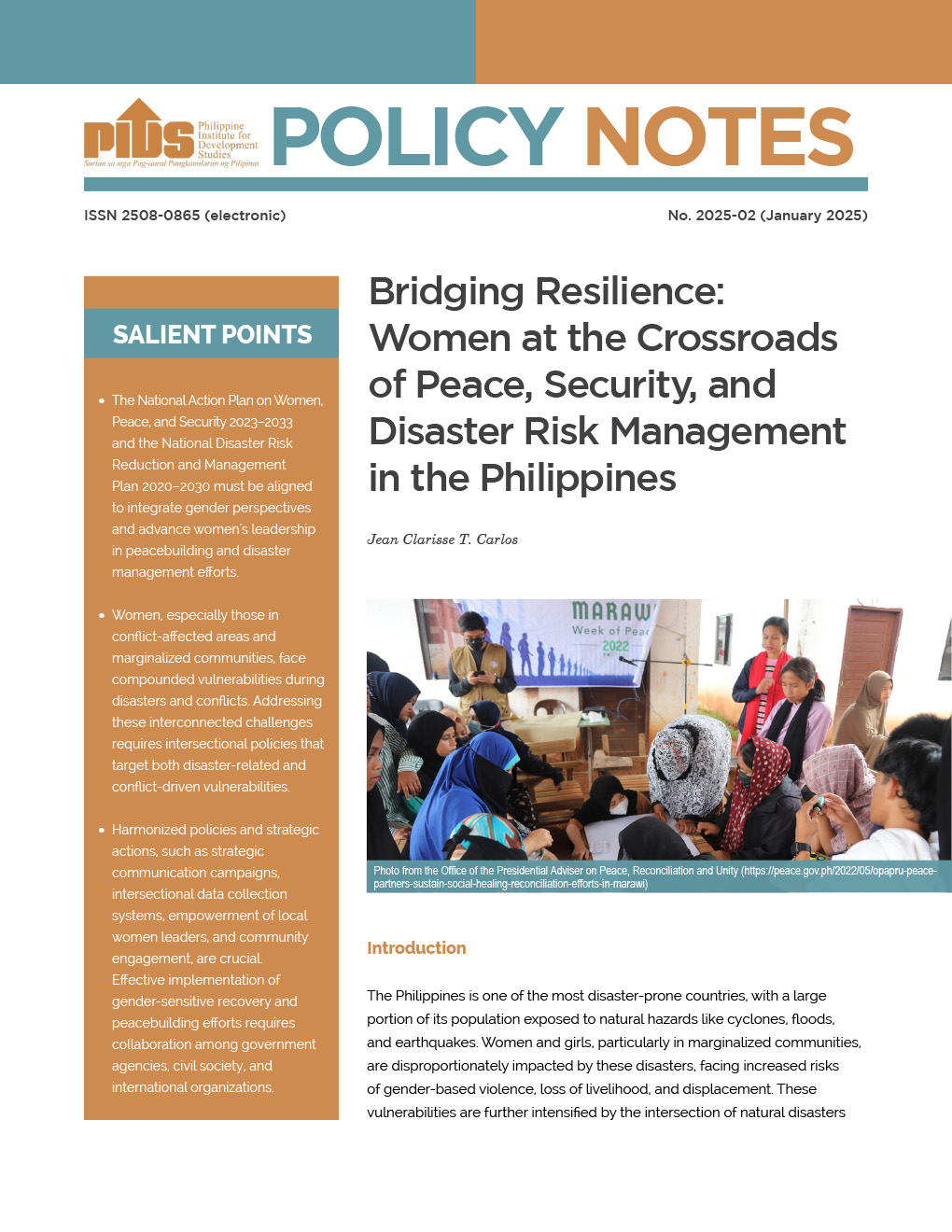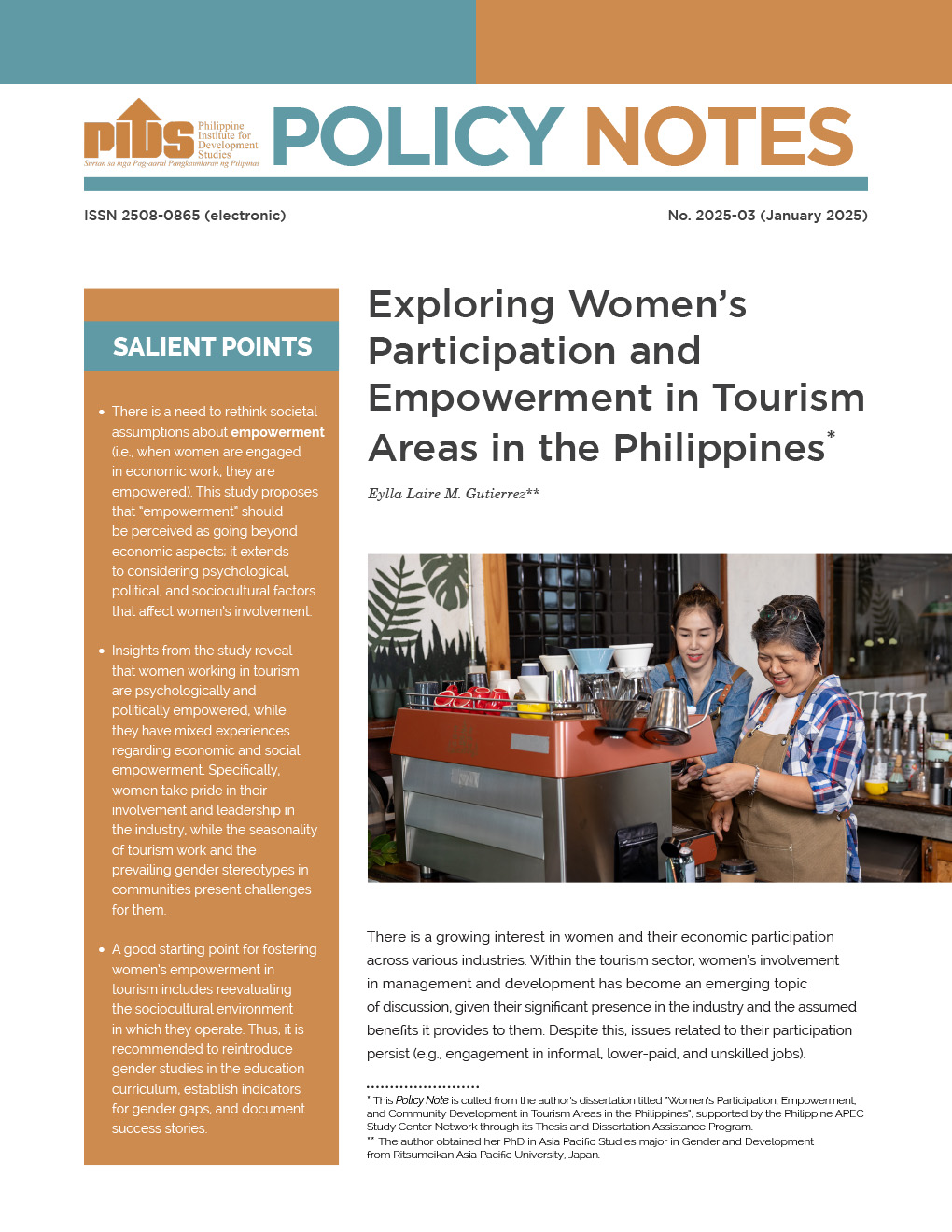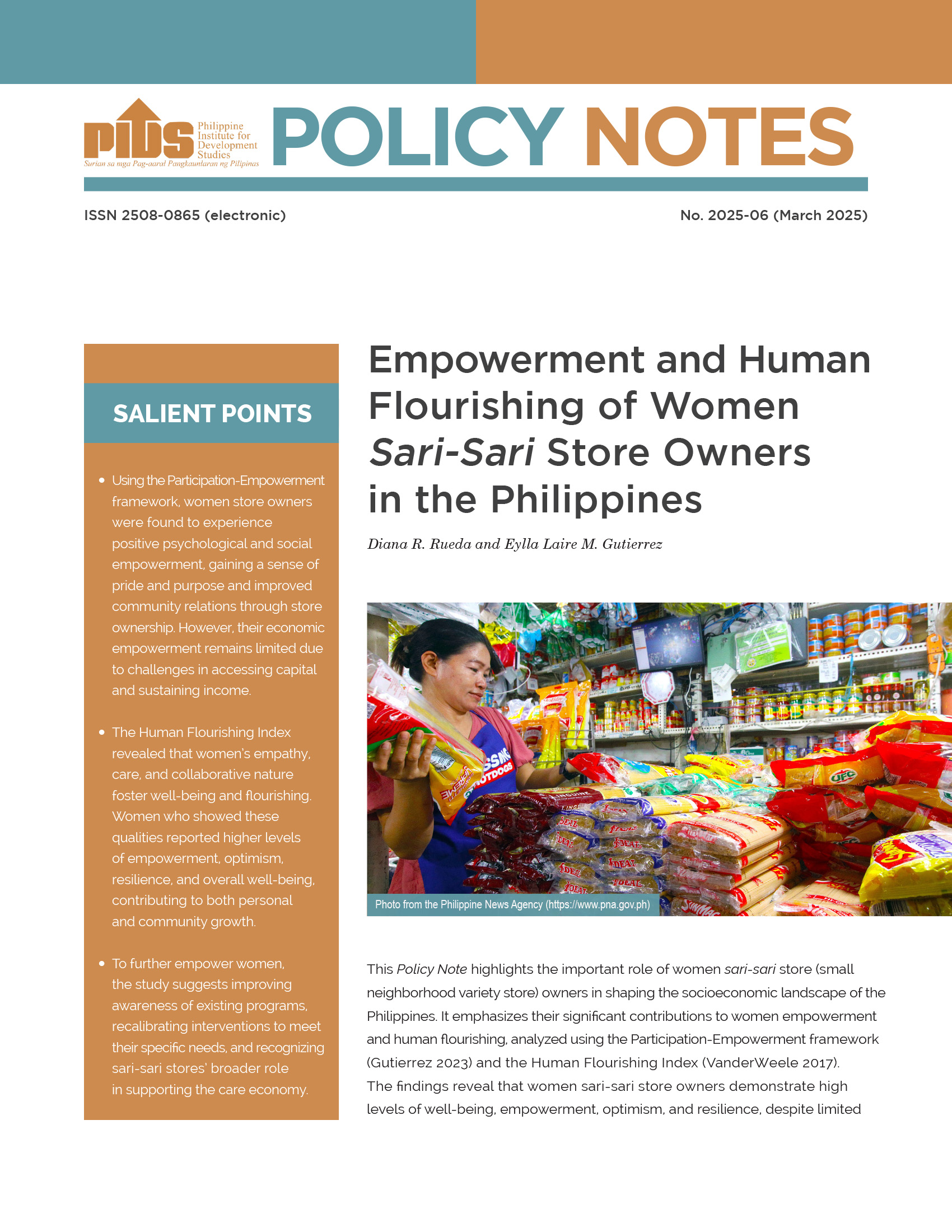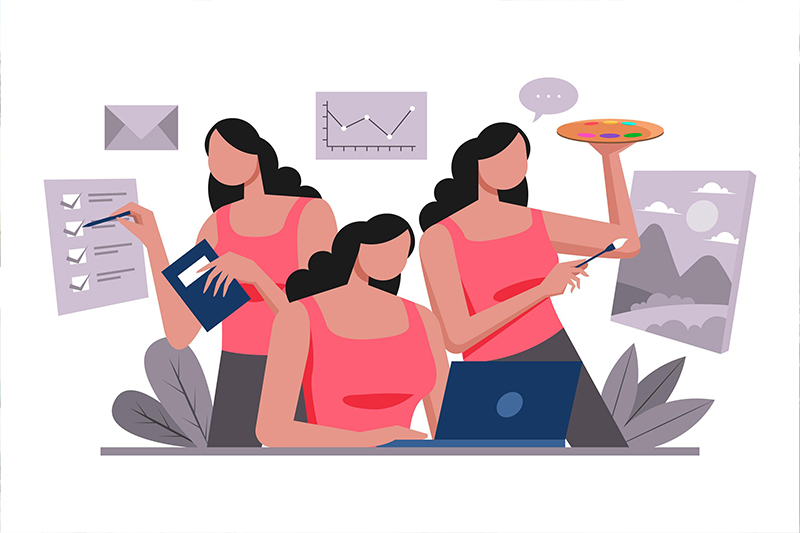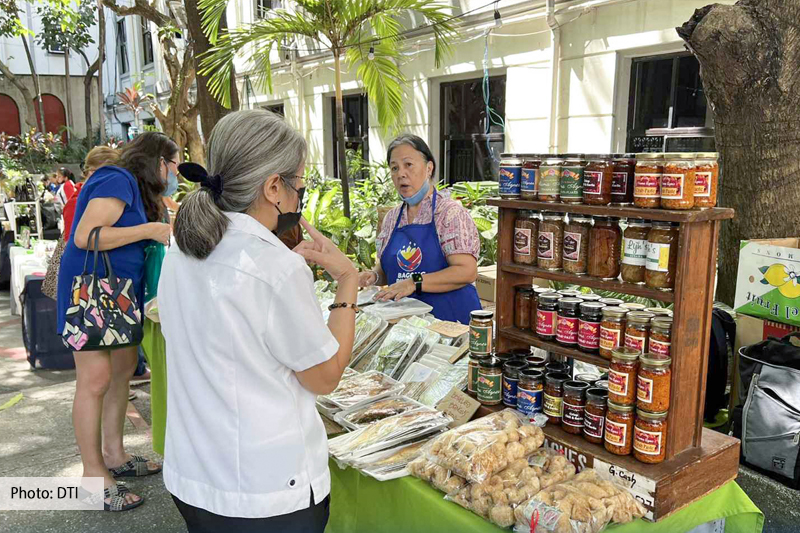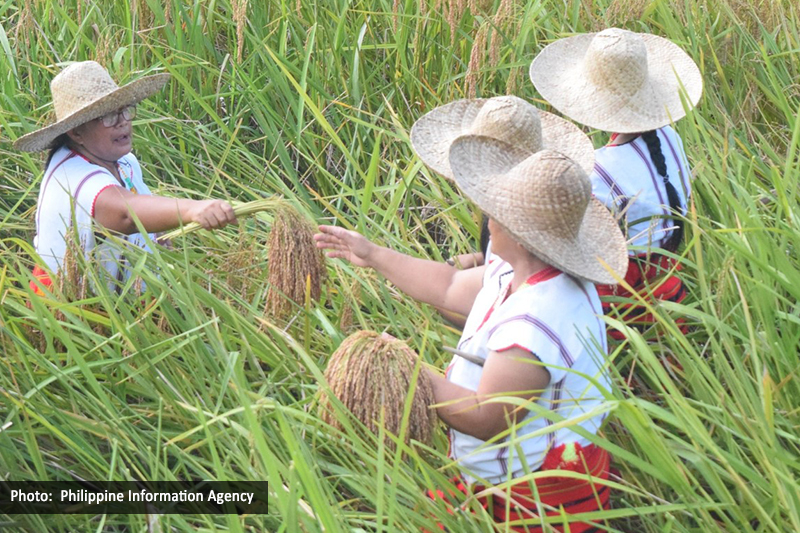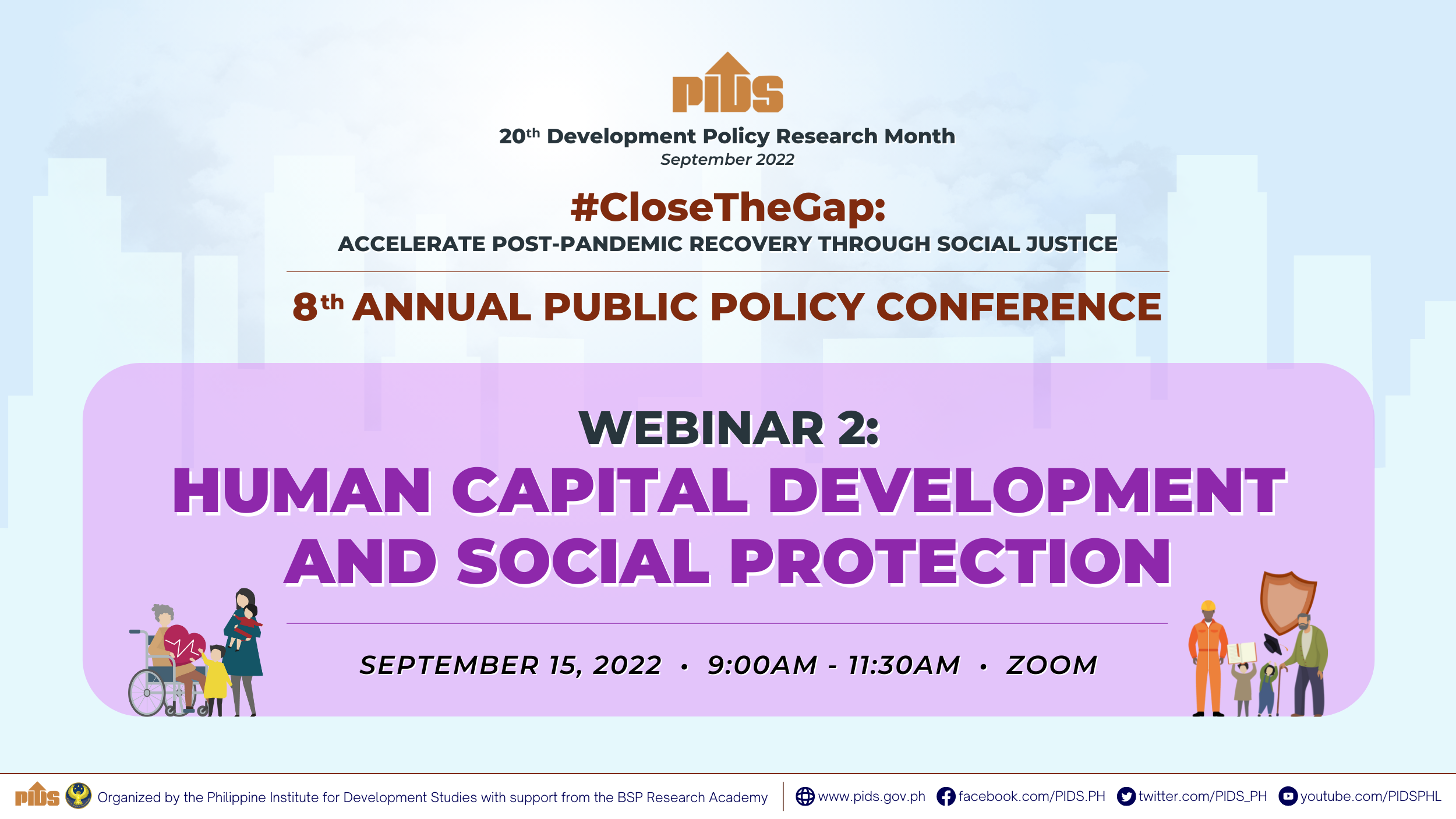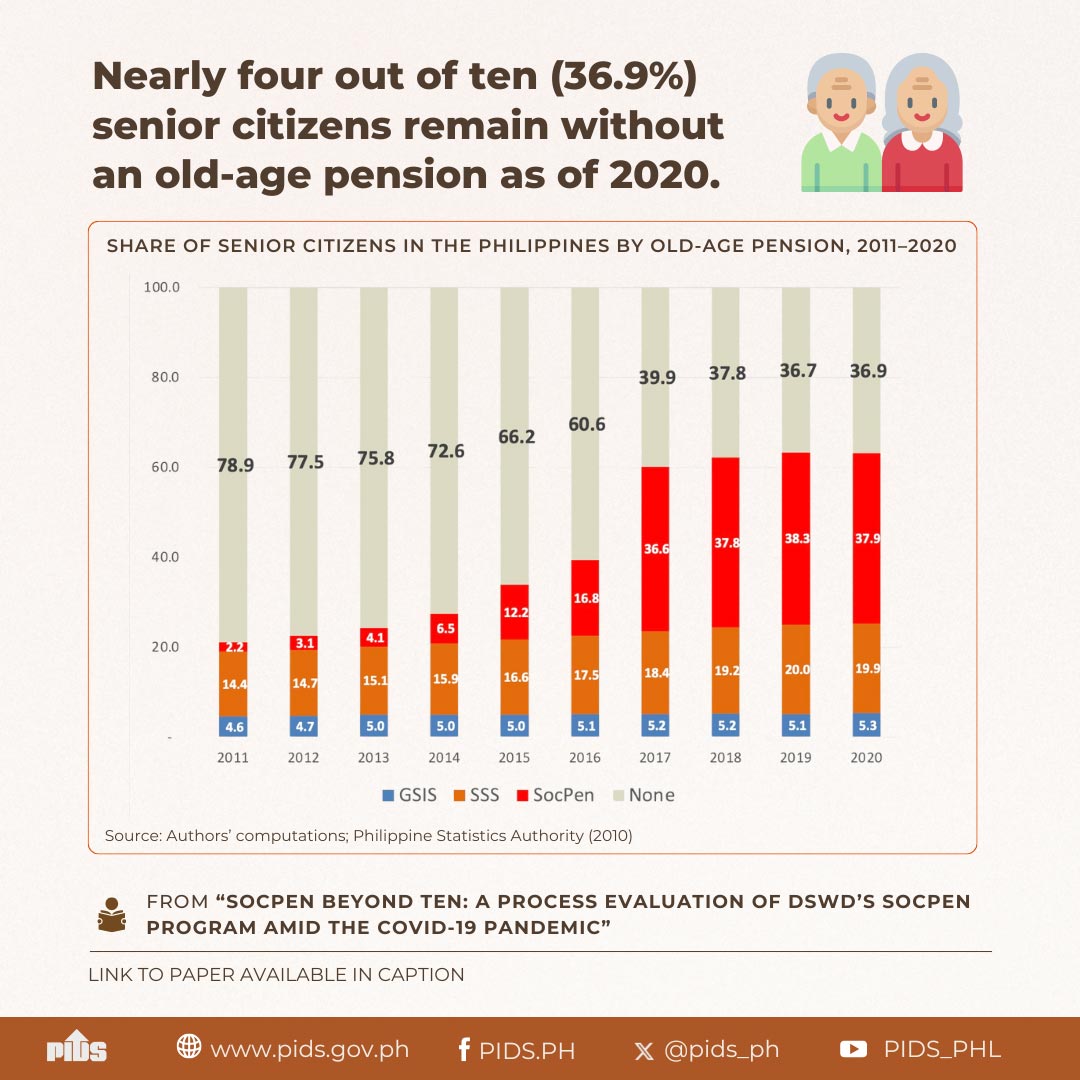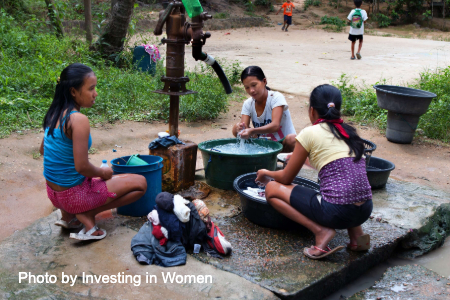
A study published by state think tank Philippine Institute for Development Studies (PIDS) found that women in the Philippines have less access to social protection programs than men, which may result in their vulnerability, instability, and poverty.
The study, “Towards Inclusive Social Protection Program Coverage in the Philippines: Examining Gender Disparities”, said that this could be attributed to women’s low labor force participation rate, noting that “women’s access to social protection is largely tied to their employment status.”
Furthermore, most social insurance programs in the country “cover only those who are formally employed” as required by law, making women less likely to be covered.
“Women are more likely to be part of the informal sector than men. There are also more unpaid family workers among women than men,” authors Aubrey Tabuga and Carlos Cabaero said, PIDS research fellow and research analyst, respectively. According to the study, social insurance in the informal sector is only optional because of low and unstable earnings.
In 2017, the study found that there were 15 million female workers who are formally employed, whereas 39 million were under informal employment. On the other hand, about 31 million male workers were formally employed, while only about 25 million were under informal employment.
The study also found more women not in the labor force from poorer households than richer ones (58% vs 34%).
Meanwhile, the study found that there are workers who still do not have access to social protection programs. Based on 2017 data, the study said that 69 percent or around 8.3 million women workers are not yet members of any social protection programs, such as the Social Security System (SSS), Government Service Insurance System (GSIS), and Philippine Health Insurance Corporation (PhilHealth).
“Among women, the highest proportion of those without social insurance are the private household workers at 98 percent, followed by unpaid family workers at 95 percent and then the self-employed at 92 percent,” the authors said.
In terms of sector, the study showed that the agricultural sector has the highest proportion of those unable to avail of the SSS, GSIS, and PhilHealth, at about 98 percent for female workers compared to 95 percent for male workers.
Given these findings, the study emphasized that interventions seeking to improve women’s access to social protection must prioritize those in the agricultural sector, the self-employed, unpaid family members, and household workers.
The study further stressed that social insurance scheme must not be tied with having a formal work or registered business, saying that “innovative schemes must be developed to care for the social protection needs of the working age population regardless of their labor force status.”
This is especially applicable to women, according to the authors. “So long as women are viewed as the persons responsible for looking after their family and household needs, the problem of low labor force participation rate will persist,” they explained, adding that “between formal work and family, many women would rather care for their family members.”
In the long-run, the study said the government should be able to come up with an integrative framework that will improve the skills and employability of people as well as ensure the development of agriculture, services, and industry sectors “so that people can obtain decent jobs”.
The study also suggested creating social insurance schemes that are affordable for the informal sector and home-based enterprises. It also called on the government to streamline its numerous requirements and lengthy processes in the access of social insurance. ###
The study, “Towards Inclusive Social Protection Program Coverage in the Philippines: Examining Gender Disparities”, said that this could be attributed to women’s low labor force participation rate, noting that “women’s access to social protection is largely tied to their employment status.”
Furthermore, most social insurance programs in the country “cover only those who are formally employed” as required by law, making women less likely to be covered.
“Women are more likely to be part of the informal sector than men. There are also more unpaid family workers among women than men,” authors Aubrey Tabuga and Carlos Cabaero said, PIDS research fellow and research analyst, respectively. According to the study, social insurance in the informal sector is only optional because of low and unstable earnings.
In 2017, the study found that there were 15 million female workers who are formally employed, whereas 39 million were under informal employment. On the other hand, about 31 million male workers were formally employed, while only about 25 million were under informal employment.
The study also found more women not in the labor force from poorer households than richer ones (58% vs 34%).
Meanwhile, the study found that there are workers who still do not have access to social protection programs. Based on 2017 data, the study said that 69 percent or around 8.3 million women workers are not yet members of any social protection programs, such as the Social Security System (SSS), Government Service Insurance System (GSIS), and Philippine Health Insurance Corporation (PhilHealth).
“Among women, the highest proportion of those without social insurance are the private household workers at 98 percent, followed by unpaid family workers at 95 percent and then the self-employed at 92 percent,” the authors said.
In terms of sector, the study showed that the agricultural sector has the highest proportion of those unable to avail of the SSS, GSIS, and PhilHealth, at about 98 percent for female workers compared to 95 percent for male workers.
Given these findings, the study emphasized that interventions seeking to improve women’s access to social protection must prioritize those in the agricultural sector, the self-employed, unpaid family members, and household workers.
The study further stressed that social insurance scheme must not be tied with having a formal work or registered business, saying that “innovative schemes must be developed to care for the social protection needs of the working age population regardless of their labor force status.”
This is especially applicable to women, according to the authors. “So long as women are viewed as the persons responsible for looking after their family and household needs, the problem of low labor force participation rate will persist,” they explained, adding that “between formal work and family, many women would rather care for their family members.”
In the long-run, the study said the government should be able to come up with an integrative framework that will improve the skills and employability of people as well as ensure the development of agriculture, services, and industry sectors “so that people can obtain decent jobs”.
The study also suggested creating social insurance schemes that are affordable for the informal sector and home-based enterprises. It also called on the government to streamline its numerous requirements and lengthy processes in the access of social insurance. ###

